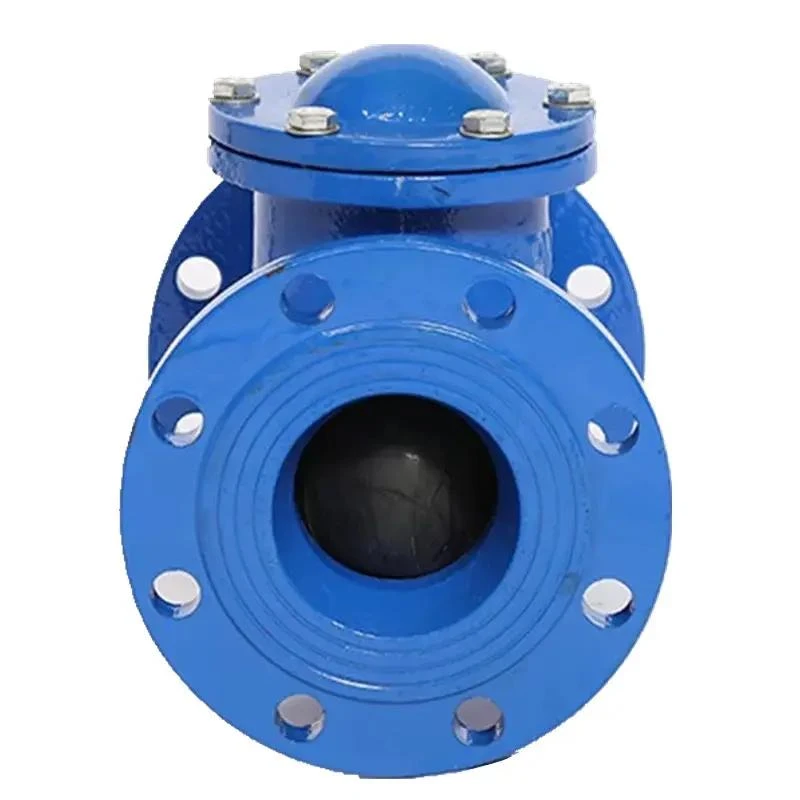Nën . 09, 2024 09:56 Back to list
High-Quality Butterfly Valves Available for Purchase at Competitive Prices
Understanding Butterfly Valves A Comprehensive Guide for Buyers
Butterfly valves are critical components in various industrial applications, acting as regulators for fluid flow. Their design is simple yet effective, making them one of the most popular types of valves used in pipelines. This article will explore key aspects of butterfly valves, particularly focusing on their features, benefits, applications, and considerations for those looking to purchase butterfly valves.
What is a Butterfly Valve?
A butterfly valve consists of a disc positioned in the center of the pipe. When the valve is open, the disc is rotated to allow fluid to flow through the pipe. Conversely, when it is closed, the disc blocks the flow. The operation can be manual, electric, or pneumatic. Butterfly valves are usually favored for their lightweight design, quick operation, and low pressure drop.
Key Features of Butterfly Valves
1. Compact Design Butterfly valves take up less space compared to gate or globe valves, making them suitable for installations where space is limited.
2. Versatile Functionality These valves can be used for on-off control or throttling applications, making them versatile in various operating conditions.
3. Low Pressure Loss Due to their design, butterfly valves create less resistance to flow, leading to lower pressure drops. This is particularly beneficial in large diameter piping systems.
4. Cost-Effective Generally, butterfly valves are more affordable than other types of valves, particularly in larger sizes, which makes them a popular choice for budget-conscious projects.
5. Wide Range of Materials Butterfly valves can be manufactured from various materials, such as stainless steel, carbon steel, plastic, and more, allowing for compatibility with different types of fluids and operating environments.
Benefits of Butterfly Valves
- Efficiency The quick operation allows for efficient control of flow, reducing the time it takes to open or close the valve.
- Durability Butterfly valves are robust and can withstand both high and low pressures, making them ideal for various industries, including water treatment, oil and gas, and food processing.
- Ease of Installation Their lightweight design makes butterfly valves easy to handle and install, reducing labor costs associated with installation.
- Minimal Maintenance Butterfly valves typically require less maintenance than other types of valves due to fewer moving parts. Regular inspections and cleaning can ensure a long operational lifespan.
butterfly valve for sale

Applications of Butterfly Valves
Butterfly valves are widely used across various industries, including
- Water Supply and Wastewater Treatment They control the flow of water and contaminants, ensuring safe management of water resources.
- Oil and Gas Their ability to withstand high pressures makes them suitable for transporting oil, gas, and various petroleum products.
- Chemical Processing Butterfly valves handle corrosive substances and can be made from specialized materials to prevent degradation.
- HVAC Systems In heating, ventilation, and air conditioning systems, butterfly valves regulate airflow and maintain system efficiency.
Considerations When Purchasing Butterfly Valves
When looking to buy butterfly valves, several key factors should be considered
1. Size Specifications Determine the appropriate size based on the pipe dimensions and needs of your system.
2. Material Compatibility Choose a valve material that can handle the specific fluids and temperatures in your application.
3. Type of Actuation Decide whether you need manual, electric, or pneumatic actuation based on your operational requirements.
4. Pressure Rating Ensure the valve's pressure rating meets or exceeds the service conditions of your system.
5. Manufacturer Reputation Opt for valves from reputable manufacturers who offer quality assurance and warranties to ensure reliability.
Conclusion
Butterfly valves are an essential element in modern fluid handling processes, known for their efficiency and versatility. Whether you are involved in water treatment, oil and gas, or chemical processing, understanding the key features, benefits, and applications of butterfly valves will help you make informed purchasing decisions. As you explore butterfly valve for sale, keep in mind the considerations discussed in this guide to ensure you select the right valve that meets your specific needs. With the right choice, you can enhance the performance and reliability of your fluid systems.
-
thread-plug-gauge-our-promise-of-measurement-excellenceNewsAug.22,2025
-
gauge-pin-class-reflecting-quality-legacyNewsAug.22,2025
-
check-valve-types-for-high-rise-buildingsNewsAug.22,2025
-
water-control-valve-for-irrigation-systemsNewsAug.22,2025
-
gate-valve-with-soft-seal-technologyNewsAug.22,2025
-
y-type-strainer-for-oil-and-gas-applicationsNewsAug.22,2025
Related PRODUCTS









